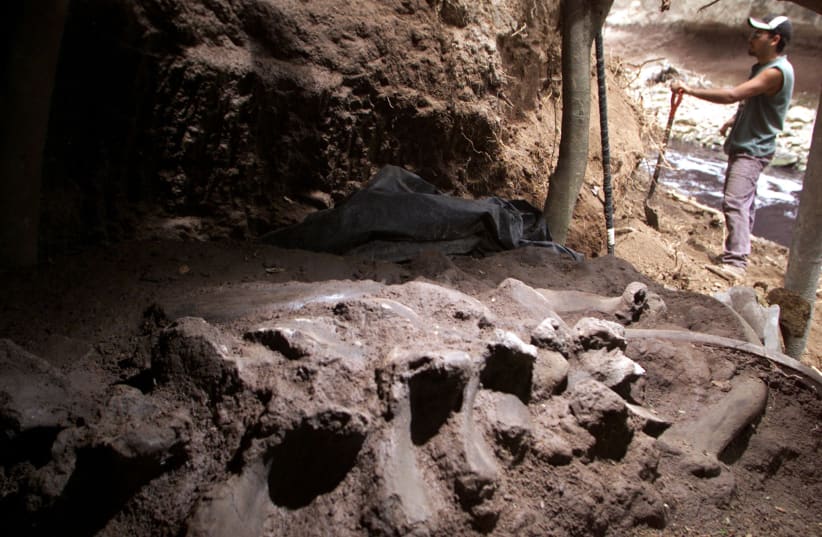Early humans living in South America once used the now-extinct giant sloth's bones as jewellery, a new study published on July 12 found.
The peer-reviewed study, published in the academic journal The Royal Society Publishing, also found further evidence that people lived in central Brazil either during or before the end of the last ice age.
Archaeologists had previously speculated that the bones of giant sloths had been modified by early humans to use as tools, however, as Mírian Pacheco from Federal University of São Carlos in Brazil explained to NewScientist “the great question is, were those artifacts made by humans during the coexistence of humans and [giants sloths]?”
Giant sloths and their giant skeletons
Giant sloths once inhabited South America during the Pleistocene Epoch period, which is commonly referred to as the ice age. The species went extinct approximately 10,000 years ago, and this is thought to have happened as a consequence of climate change and human hunting.
The study analyzed three sets of remains from the giant sloth from 16,000-27,000 years ago. These particular specimens has been a source of near-endless scientific curiosity as their smooth texture and unusual shape has summoned intrigue. The bones also all had holes drilled near the borders, suggesting that they had once been threaded with string.

Seeking to bring closure to this widely held curiosity, the researchers examined the bones with high resolution microscopes and x-rays. The results of the testing showed that scratches had been made at the site of the hole, with gouges having been made from both directions.
Additionally, the bones’ smoothness couldn’t be explained by any natural phenomena. It was then made clear to the researchers that the bones had been shaped post-mortem but pre-fossilization.
“It’s really exciting to have this window into how people in the past were engaging with these species that we don’t have around anymore,” said Alexis Mychajliw from Middlebury College in Vermont, who was not involved in the work, according to the aforementioned source.
“It would be interesting to see if they [used these bones] for decoration, for fashion, or to show that they were from a specific group,” said researcher Thaís Pansani. “But we definitely know that they were using them.”
